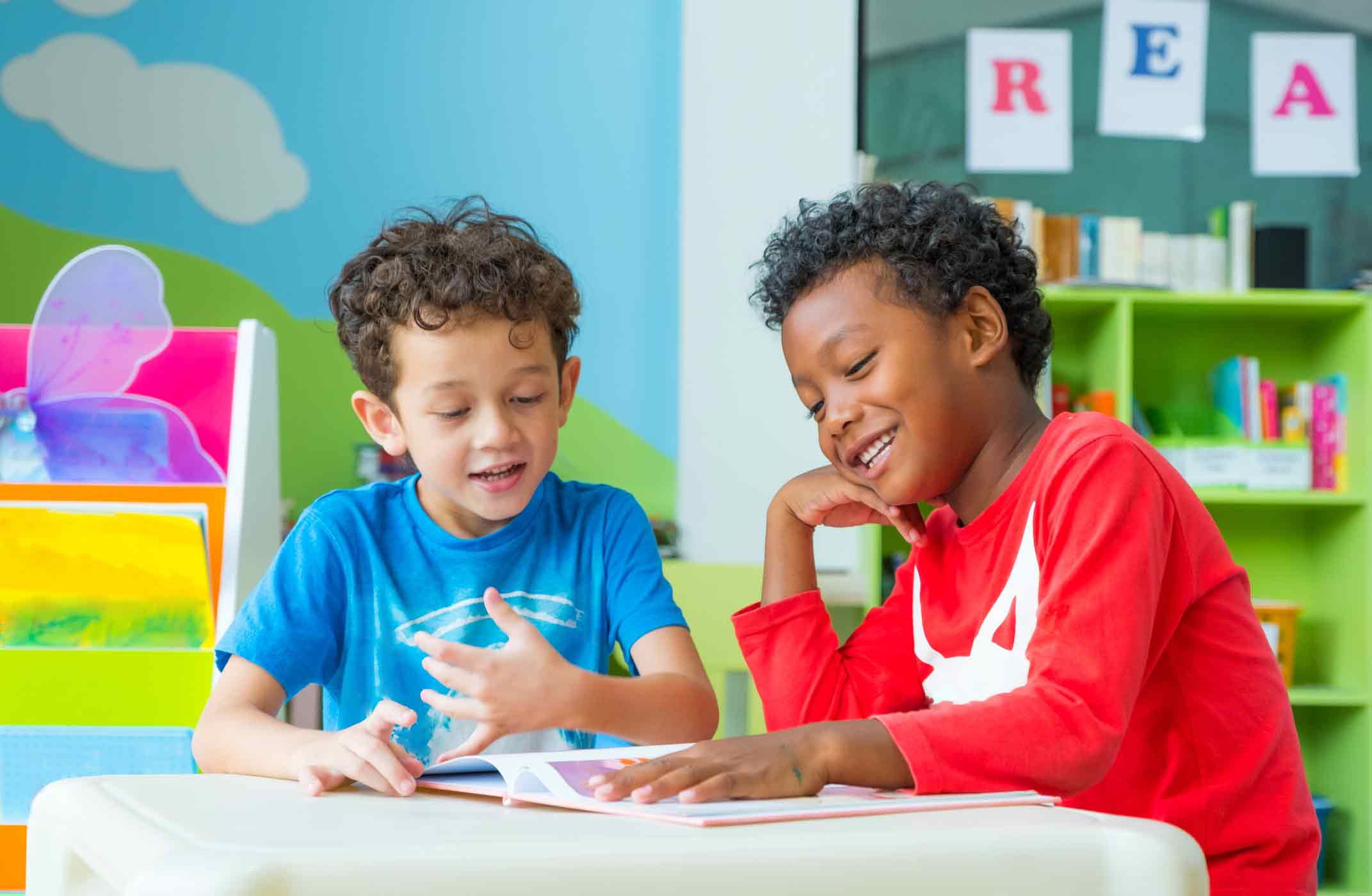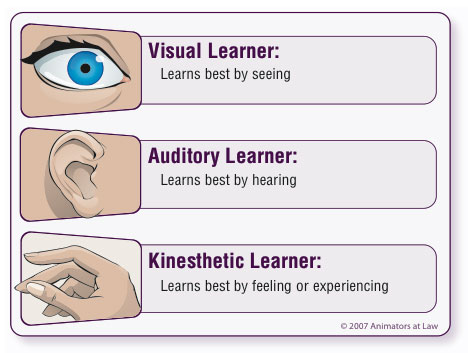

Sometimes it’s a subject matter problem if you don’t understand the material or don’t find it compelling, it’s hard to force yourself to study as hard as you might otherwise. Think back to classes that you’ve done poorly in. People learn in different ways, which means that different teaching styles also resonate with them differently. We’ll be referring to more uses as we move into the next section.Have you ever noticed that the way one of your professors lectures is more interesting to you than the way another does? Do you find that it’s easier to pay attention when you have your textbook open in front of you or can follow along with a slideshow? Do you prefer classes where you can get outside or into a studio or laboratory and actually do things with your hands, or are you more interested in listening? There are no right answers to these questions. The most obvious benefit you’ll experience is the ability to achieve deep levels of rapport as you step more into other peoples’ worlds. One choice is to ask, “How, specifically, do you think (know, understand, learn)?” This will elicit a verbal response richer in process details, or a nonverbal behavior (eye scanning pattern) which will specify the sensory representational system being used.” When presented with such words there are several options for determining how the experience is being represented. Some examples of unspecified predicates are: That is, they are unspecified as to just how the process is being represented or executed - whether in pictures, smells/tastes, feelings, or sounds. Predicates which do not indicate any of the sensory input channels are UNSPECIFIED. Herein lies one difference between those people who are able to establish rapport and trust and those who do not. Many of us speak in the same predicates as others, thus we find ourselves “matching” one another, deeply absorbed in conversation and yet there are times when we “mismatch” and wonder what we said that “offended” the other person. If a person represents his/her experience visually, then they will speak in visual predicates. “They really put the screws to me.” VISUAL “I can really tune in to what you’re saying.” “That idea has been rattling around in my head.” “An enlightening (insightful, colorful) example.” “Looking back on it now, it appears differently.” How Words Reveal Representational Systems If you want immediate rapport and trust with someone, one of the things you can do is to “match” them, speaking in the same kind of process words in which they are speaking. Indicators reveal what part of an experience is most relevant to the speaker at a particular point in time. If you pay attention to this information, you can alter your own behavior (in this case, your choice of words) to “match” their process words in order to acquire increased understanding of how they are representing their experience to themselves. The process words (verbs, adjectives, adverbs) which people use to communicate about their experience can give a clear idea of their model of the world).
#Visual auditory kinesthetic manual#
Representational Systems IndicatorsĮxcerpted from the NLP Comprehensive Portable Practitioner Program, Manual Section 1, pp 4-6: It's well worth going through this again, and even playing a few recognition games. So it's important to pay attention in the moment.Īs a refresher, here is the material on how the choice of predicates (sensory words) can reveal someone's sensory modality as they are speaking. Which one someone prefers in a particular moment can and will usually change with context. While people have preferences in their modalities of perception and thought, everyone does all of them. This is inaccurate – so avoid that mistake. There used to be a common misconception that a person was visual, kinesthetic, auditory – just one particular mode. This chapter focused on detecting a speaker's preferred sensory modality and matching it to establish rapport. Once again, you've experienced the importance of rapport and various ways to gain it. 8-13 Chapter Summary & Bonus Activities.8-4 Parts Model in Conflict integration.7-4 Chapter Summary, Reframing, Metaphor, Bonus Activities.7-1 Modalities Revealed in Language – Predicates.6-1 Chapter Summary: Meta Model, Beliefs, Congurence, Bonus Activities.5-1 Chapter 5: Rapport Skills Videos & Bonus Activities.4-5 How Words Reveal: Predicates and Sensory System Preferences.4-1 Meta Model: Secrets To Noticing Beliefs That Limit You.3-10 Motivation Strategies, Chapter Summary, Bonus Activities.2-10 Chapter Summary, Bonus Activities, Curiosity Shunt.2-7 Swish Examples: Size Brightness, Distance.2-4 Congruence, Modalities/Sub-Modalities, Godiva Pattern.

1-4 Chapter Summary, Additional Demos, Bonus Activities.1-1 Anchoring: Explaining and Demonstrating Kinesthetic (touch) Anchoring.


 0 kommentar(er)
0 kommentar(er)
